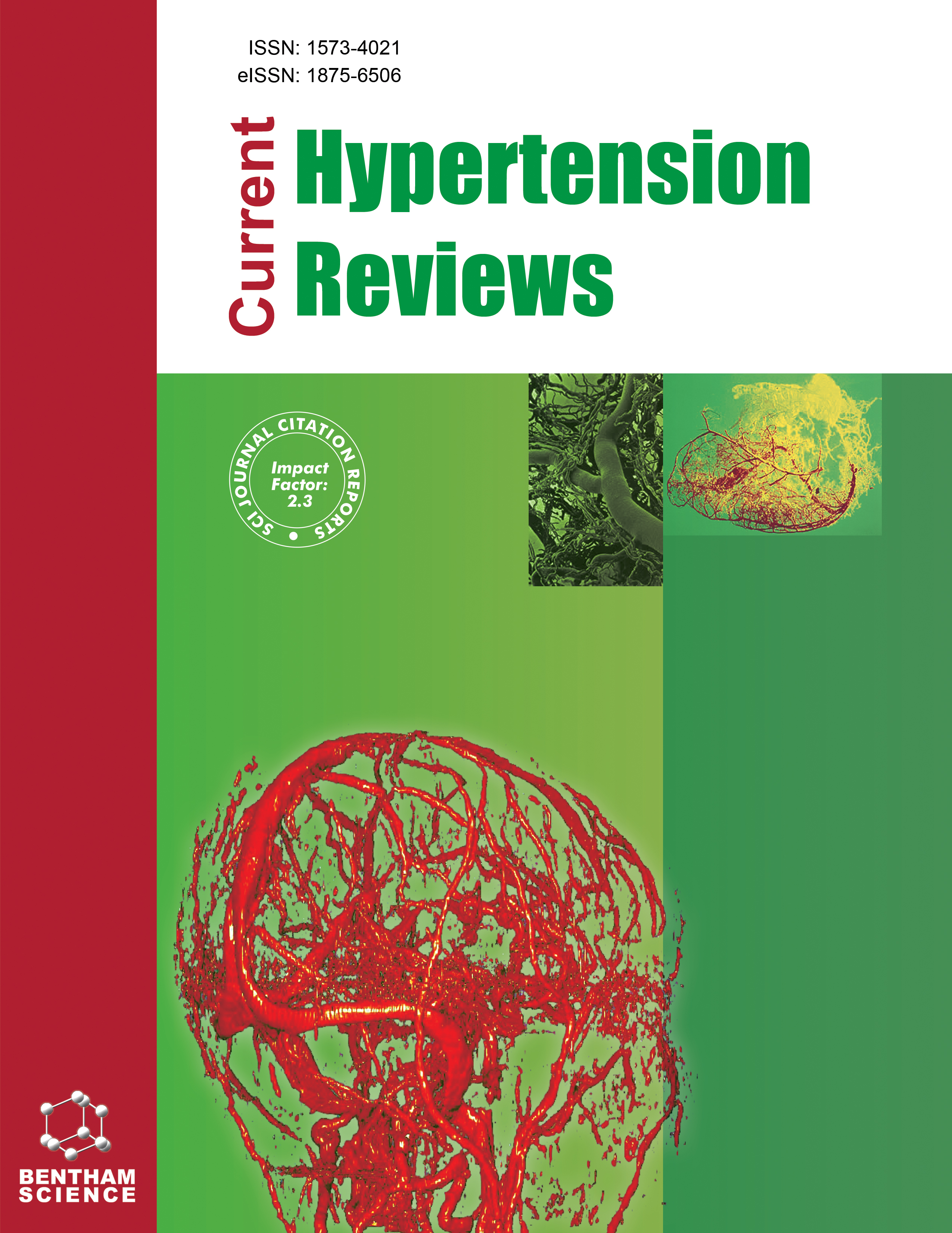
Full text loading...

True isolated systolic hypertension (ISH) in youth must be evaluated by central blood pressure to avoid false or spurious hypertension. The purpose of this study was to perform a reliable assessment to confirm true hypertension and assess target organ damage.
Fifty-eight early diagnosed, untreated systolic hypertensive patients with office BP and 24-h ABPM (25±4, 32 male) underwent central blood pressure evaluation with a non-invasive, validated Mobil-O-Graph device. In all of them, left ventricular mass (LVMi echocardiogram), pulse wave velocity (PWV), cardiac index, peripheral vascular resistance, and urinary albumin excretion were recorded at the beginning of the study.
All spurious systolic hypertensives had normal LVMi, cardiac output, peripheral vascular resistance, and urinary albumin excretion (UE), whereas true hypertensives showed a hyperkinetic behavior (high cardiac output) and early target organ damage (increased LVMi and higher urinary albumin excretion) at the time of observation.
In this study, young patients with elevated cBP had left ventricular mass index and urinary albumin excretion higher than those with normal cBP. This observation suggests that this group of subjects are true hypertensives, contrary to the claim of being spurious hypertensives. Spurious hypertension should not be underestimated because it could be a temporary condition, since other authors have found that ISH and normal cSBP in adolescents may progress to sustained hypertension and hypertensive organ damage, thus requiring close monitoring.
In this study, central blood pressure was able to define true or spurious hypertension and confirm target organ damage in this youth cohort. A multicentric study will be of interest to confirm these preliminary findings.